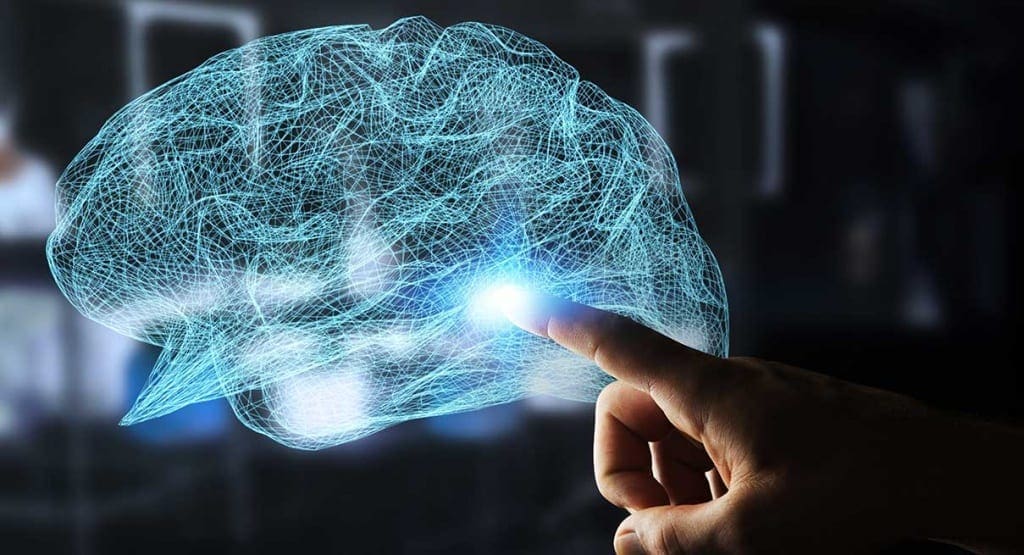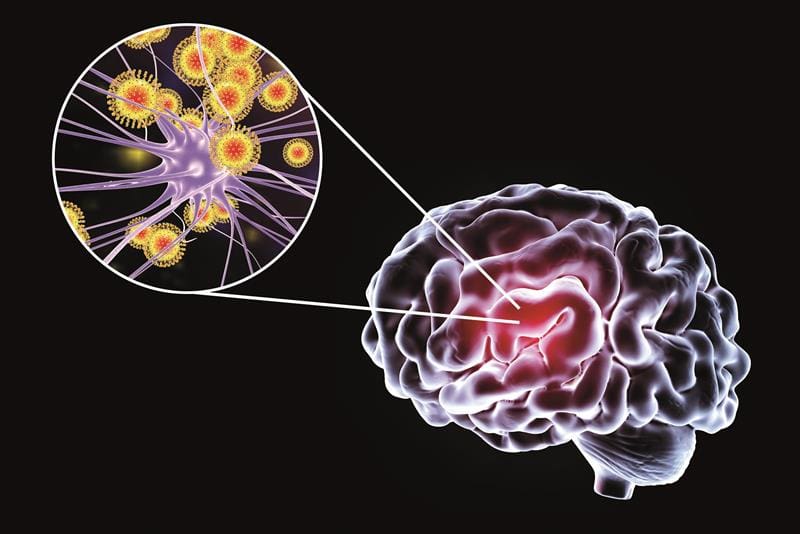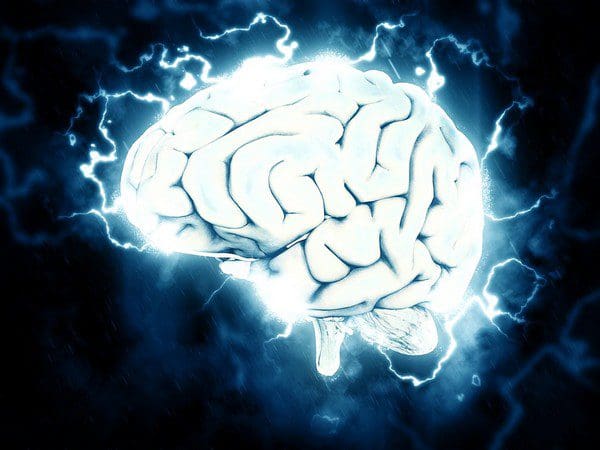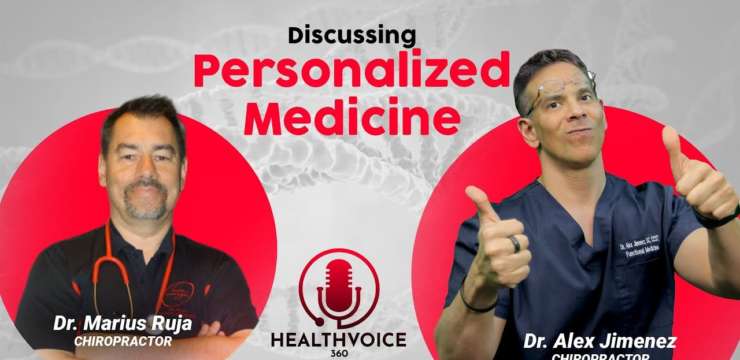
Table of Contents
Introduction
The central nervous system is home to the brain and spinal cord as they help send out trillions of neuro signals all throughout the entire body. These neuron signals make sure that the body is moving properly, the gut is digesting the foods that a person is consuming, and that the endocrine system is releasing the hormones out to all of the organs systems. The neuron signals have a bidirectional connection from the brain to the body, however, when there are unwanted pathogens that start to enter the body and attach themselves to the neuron signals, they can travel to the brain and cause neurodegenerative disorders to the brain. In this 2 part series, we will be taking a look at how different microbial infections are involved in neurodegeneration to the brain. In Part 2, we will take a look at how light therapy can be beneficial for individuals that are suffering from neurodegenerative diseases. By referring patients to qualified and skilled providers who specialized in neurological services. To that end, and when appropriate, we advise our patients to refer to our associated medical providers based on their examination. We find that education is the key to asking valuable questions to our providers. Dr. Jimenez DC provides this information as an educational service only. Disclaimer
Can my insurance cover it? Yes, in case you are uncertain here is the link to all the insurance providers we cover. If you have any questions, please call Dr. Jimenez at 915-850-0900.
Microbial Involvement In Neurodegeneration
Since there are many individuals that have been exposed to numerous amounts of pathogens that respond to environmental stresses by entry into a novel physiological state as spores or biofilms where the cells remain viable but are no longer culturable. These microorganisms can cause the brain to the development of neurodegeneration. Studies have shown that since neurodegeneration is referring to the loss of neuronal cells, microorganisms that are derived from infections that are involved in chronic inflammation can be induced into central nervous system dysfunction and neurodegeneration. The assessment of whether microorganisms cause a particular disease have to show that:
- The microorganism must be found in diseased but not healthy individuals
- The microorganism must be cultured from the deceased individual
- The microorganism must recapitulate the disease
- The microorganism must be re-isolated from the diseased individual and matched to the original microorganism.
However, The issue is that microbial pathogens can lie dormant and resist being positively culture is due to neurodegeneration since it is a re-activation of microbes from this ‘viable but nonculturable’ state to cause infection.
Altered Immunity
Research studies have found that the immune system actually plays a key role in the central nervous system since the immune system is the first line of defense against pathogens that can cause the alternation of the central nervous system to be damaged by the elevated cytokines including IL-6 in early-stage disease. Other studies have shown that when age-related neurological diseases like Alzheimer’s or Parkinson’s can be characterized by the selective vulnerability of the brain regions and the immune responses. In the later stages of age-related neurological diseases, the characteristic findings include:
- T-cell dysregulation
- Reduced Treg function
- Lymphopenia
- Reduced CNS iron metabolism
HCTP Therapy
Stem cells* or HCTP (human cellular tissue products) are a form of regenerative medicine that is used in both international and nationally affiliated clinics and distribution organizations to help boost the body’s own natural healing process back to its original function. HCTPs have beneficial factors as they help with repairing and regenerating damaged cells, diseased organs, and tissue back to their original function. As there is more upcoming research about the beneficial uses of HCTP, many individuals that are dealing with chronic pain can be utilized with HCTP as part of their therapy treatment, they can begin to feel pain-free and be on their wellness journey.
Viral Infections In Neurodegenerative Disorders
Since neurodegenerative and neurobehavioral diseases can be caused by infections, studies have shown that systemic viral infections can occur in neurodegenerative diseases causing the loss of neurons and axons in the central nervous system to increase with age. When this happens, the toxins bind to subunits of GM1 gangliosides which may account for elevated GM1 antibodies in ALS. The virus attaches and fuses to the host by breaking down phospholipids to produce inclusion bodies (as seen in ALS, AD, etc.) These toxins are the result in defects in ADP-ribosyltransferase (mRNA proteins) and when there is an overactivation disrupts actin cytoskeleton dynamics and nitric oxide production causing critical enzymes to be affected by Rho Kinase (ROCK). Other research studies show that when there are virus-induced alterations and neuron degenerations can be both directly and indirectly since they have the ability to attack the immune system and different regions of the nervous tissue by interfering with the same pathways that are involved with neurological diseases. These virus-induced alternations have lipid-containing membrane envelopes derived from modified cell membranes borrowed from the host via serine proteases and the primary pathology for kidnapping host DNA and RNA involves specific viral polymerases that affect host mRNA including Rho Kinase.
Fungal Pathogens Affecting Brain Health
Research studies have found that when the central nervous system is being invaded by fungal infections, it can cause an increase in morbidity in immunocompromised hosts and can lead to fatal consequences depending on the immune status and the virulence of the fungal strain. Since the fungal pathogens are airborne with hematogenous spread, fungal toxins including fumonisins alter sphingolipid metabolism which affects phospholipid metabolism, thus an increased production of excitatory neurotransmitters (ex: glutamate in ALS).
Other research studies have found that for fungal infections to occur is that they have to be “arrested” in the brain microvasculature and be transmigrated across the blood-brain barrier. When this happens, they share toxin-based homology through plasmid-mediated transfer central nervous system infections diseases must break down the blood-brain barrier via MMP-9 in a manner similar to leaky gut. The pathogenic processes begin with penetration in lipid-rich host cells and then the fungal infections will kidnap the host RNA metabolism leading to protein aggregation.
Conclusion
All in all, the central nervous system is home to the brain and spinal cord and their job are to send out trillions of neuron signals all throughout the entire body. These neuron signals make sure that everything from the gut to the body itself is functioning properly. When exposed pathogens like fungal, bacterial, and viral infections enter the body, they can attach themselves to the neuron signals and travel all the way up to the brain causing neurodegenerative diseases to develop. Incorporating antibiotics, nutritional foods, and changing a lifestyle, a person can prevent these pathogens from entering their bodies and continue on their wellness journey.
References
Dehhaghi, Mona, et al. “Microorganisms’ Footprint in Neurodegenerative Diseases.†Frontiers in Cellular Neuroscience, Frontiers Media S.A., 4 Dec. 2018, www.ncbi.nlm.nih.gov/pmc/articles/PMC6288487/.
Góralska, Katarzyna, et al. “Neuroinfections Caused by Fungi.†Infection, Springer Berlin Heidelberg, Aug. 2018, www.ncbi.nlm.nih.gov/pmc/articles/PMC6096918/.
Karim, Sajjad, et al. “The Role of Viruses in Neurodegenerative and Neurobehavioral Diseases.†CNS & Neurological Disorders Drug Targets, U.S. National Library of Medicine, 2014, pubmed.ncbi.nlm.nih.gov/25230220.
Mayne, Katie, et al. “Aging and Neurodegenerative Disease: Is the Adaptive Immune System a Friend or Foe?†Frontiers in Aging Neuroscience, Frontiers Media S.A., 23 Sept. 2020, www.ncbi.nlm.nih.gov/pmc/articles/PMC7538701/.
Shi, Meiqing, and Christopher H Mody. “Fungal Infection in the Brain: What We Learned from Intravital Imaging.†Frontiers in Immunology, Frontiers Media S.A., 2 Aug. 2016, www.ncbi.nlm.nih.gov/pmc/articles/PMC4969284/.
Zhou, Li, et al. “Viruses and Neurodegeneration.†Virology Journal, BioMed Central, 31 May 2013, www.ncbi.nlm.nih.gov/pmc/articles/PMC3679988/.
Disclaimer
Disclaimers
Professional Scope of Practice *
The information herein on "Microbial Involvement In Neurodegeneration | Part 1" is not intended to replace a one-on-one relationship with a qualified health care professional or licensed physician and is not medical advice. We encourage you to make healthcare decisions based on your research and partnership with a qualified healthcare professional.
Blog Information & Scope Discussions
Welcome to El Paso's wellness blog, where Dr. Alex Jimenez, DC, FNP-C, a board-certified Family Practice Nurse Practitioner (FNP-C) and Chiropractor (DC), presents insights on how our team is dedicated to holistic healing and personalized care. Our practice aligns with evidence-based treatment protocols inspired by integrative medicine principles, similar to those found on dralexjimenez.com, focusing on restoring health naturally for patients of all ages.
Our areas of chiropractic practice include Wellness & Nutrition, Chronic Pain, Personal Injury, Auto Accident Care, Work Injuries, Back Injury, Low Back Pain, Neck Pain, Migraine Headaches, Sports Injuries, Severe Sciatica, Scoliosis, Complex Herniated Discs, Fibromyalgia, Chronic Pain, Complex Injuries, Stress Management, Functional Medicine Treatments, and in-scope care protocols.
Our information scope is limited to chiropractic, musculoskeletal, physical medicine, wellness, contributing etiological viscerosomatic disturbances within clinical presentations, associated somato-visceral reflex clinical dynamics, subluxation complexes, sensitive health issues, and functional medicine articles, topics, and discussions.
We provide and present clinical collaboration with specialists from various disciplines. Each specialist is governed by their professional scope of practice and their jurisdiction of licensure. We use functional health & wellness protocols to treat and support care for the injuries or disorders of the musculoskeletal system.
Our videos, posts, topics, subjects, and insights cover clinical matters, issues, and topics that relate to and directly or indirectly support our clinical scope of practice.*
Our office has reasonably attempted to provide supportive citations and has identified the relevant research studies or studies supporting our posts. We provide copies of supporting research studies available to regulatory boards and the public upon request.
We understand that we cover matters that require an additional explanation of how they may assist in a particular care plan or treatment protocol; therefore, to discuss the subject matter above further, please feel free to ask Dr. Alex Jimenez, DC, APRN, FNP-BC, or contact us at 915-850-0900.
We are here to help you and your family.
Blessings
Dr. Alex Jimenez DC, MSACP, APRN, FNP-BC*, CCST, IFMCP, CFMP, ATN
email: coach@elpasofunctionalmedicine.com
Licensed as a Doctor of Chiropractic (DC) in Texas & New Mexico*
Texas DC License # TX5807
New Mexico DC License # NM-DC2182
Licensed as a Registered Nurse (RN*) in Texas & Multistate
Texas RN License # 1191402
ANCC FNP-BC: Board Certified Nurse Practitioner*
Compact Status: Multi-State License: Authorized to Practice in 40 States*
Graduate with Honors: ICHS: MSN-FNP (Family Nurse Practitioner Program)
Degree Granted. Master's in Family Practice MSN Diploma (Cum Laude)
Dr. Alex Jimenez, DC, APRN, FNP-BC*, CFMP, IFMCP, ATN, CCST
My Digital Business Card








